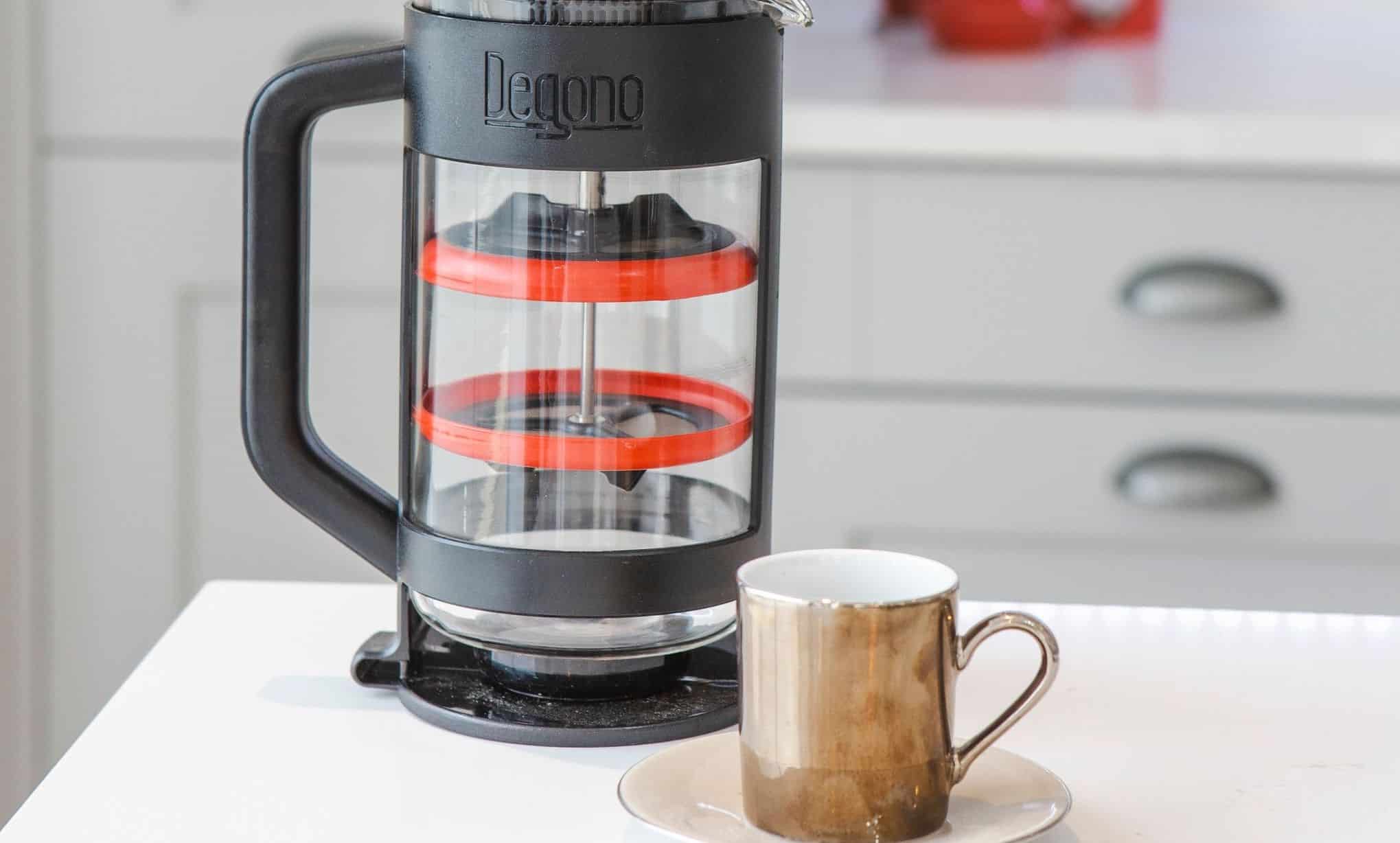There’s nothing quite like the aroma of freshly brewed coffee in the morning, or any time of day for that matter. But making a good cup of coffee is more than just pouring hot water over ground beans. With so many different types of coffee drinks and brewing methods out there, it can be overwhelming to figure out how to make the perfect cup. But fear not, coffee lovers, we’re here to help!
In this guide, Kitchenways covers the basics of coffee, the equipment you’ll need, how to perfect the brew, the most popular types of coffee drinks in the UK, the science of caffeine, and some final tips for making the perfect coffee. This guide will show you how to make coffee in all the best ways.
The Basics of Coffee
Coffee is a beverage made from roasted coffee beans, which are the seeds of the Coffee plant. There are two main types of coffee beans: Arabica and Robusta. Arabica beans are generally considered to be of higher quality and have a sweeter, more nuanced flavour, while Robusta beans are stronger and more bitter. Understanding the roasting process is also important, as it can affect the taste of your coffee. Dark roasts have a stronger, smokier flavour, while lighter roasts have a milder, more acidic flavour.
Choosing the Right Equipment
Once you have your beans, you’ll need to choose the right equipment for your brewing method. There are a variety of coffee makers and brewing methods available, including a drip coffee maker, French press, moka pot, pour over and espresso machine.
Each method has its own advantages and disadvantages, and it’s important to choose one that suits your taste and lifestyle. You’ll also want to invest in a good quality grinder, as freshly ground coffee beans are essential for a great-tasting cup of coffee. A burr grinder is a popular option for making fresh coffee grounds.
Perfecting the Brew
To make the perfect cup of coffee, you’ll need to pay attention to several factors, including water quality and temperature, the amount of coffee you use, and the brewing time. Using filtered water for the brewing process is recommended, as tap water can contain minerals that affect the taste of your coffee.
The ideal brewing temperature is around 90-96°C (195-205°F). As for the amount of coffee to use, a general rule of thumb is two tablespoons of coffee for every 180ml (six ounces) of water. And finally, the brewing time will depend on your brewing method and personal preference.
Types of Coffee Drinks
The UK has a rich coffee culture, with a wide variety of coffee drinks available. Some of the most popular types of coffee drinks include lattes, cappuccinos, and Americanos. Making these drinks at home is easier than you might think, and can save you a lot of money in the long run, skipping your local coffee shop and brewing coffee yourself!
Here are a few recipes for making coffee at home:
- Latte: Brew a shot of espresso and froth some milk using a milk frother or by heating and whisking the milk until it’s frothy. We’ve also discovered a sneaky method that you might want to try – heat the milk up in a French press, pump the press up and down, and voila! Pour the frothed milk over the espresso and enjoy!
- Cappuccino: Brew a shot of espresso and froth equal parts milk and cream until it’s thick and creamy. Pour the frothed milk over the espresso and sprinkle with cinnamon or cocoa powder.
- Americano: Brew a shot of espresso and add hot water to dilute it to your desired strength. If you want strong coffee, keep close to the espresso, if you want a smooth cup, add more water, and consider milk.
The Science of Caffeine
Caffeine is a natural stimulant found in coffee and other beverages like tea and soda. The recommended daily intake of caffeine is 400mg for healthy adults, which is roughly equivalent to 4 cups of coffee. However, some people are more sensitive to caffeine than others and may need to limit how much coffee they drink.
Caffeine can have both positive and negative effects on the body, such as increased alertness and concentration, but also increased heart rate and blood pressure. If you’re looking to reduce your caffeine intake, you can try switching to decaf coffee or tea, or mixing in some herbal tea with your regular brew.
Final Tips for Making the Perfect Coffee
You should now be prepared to try a coffee brewing method or two with confidence. While good coffee is dependent on many factors, we fully believe that you can make great coffee at home. Use these final tips for your next morning cup, and we’re sure you’ll consider it better coffee than at your local coffee shop:
- Experiment with different brewing methods and coffee beans to find your perfect cup.
- Use fresh, high-quality beans and grind them just before brewing for the best flavour.
- Keep your equipment clean to prevent any buildup that can affect the taste of your coffee.
- Don’t be afraid to add some flavour to your coffee with spices, syrups, or flavoured creamers.
- Enjoy your coffee in a favourite mug and take the time to savour every sip.
In conclusion, making the perfect cup of morning coffee takes a little practice and patience, but it’s well worth the effort. With the right equipment, knowledge, and ingredients, you can create a delicious cup of coffee that’s tailored to your taste preferences. So go ahead, brew yourself a cup, and enjoy the rich, complex flavours that coffee has to offer!

